-
Cosmic Forecast: Blurry With a Chance of Orbital Chaos
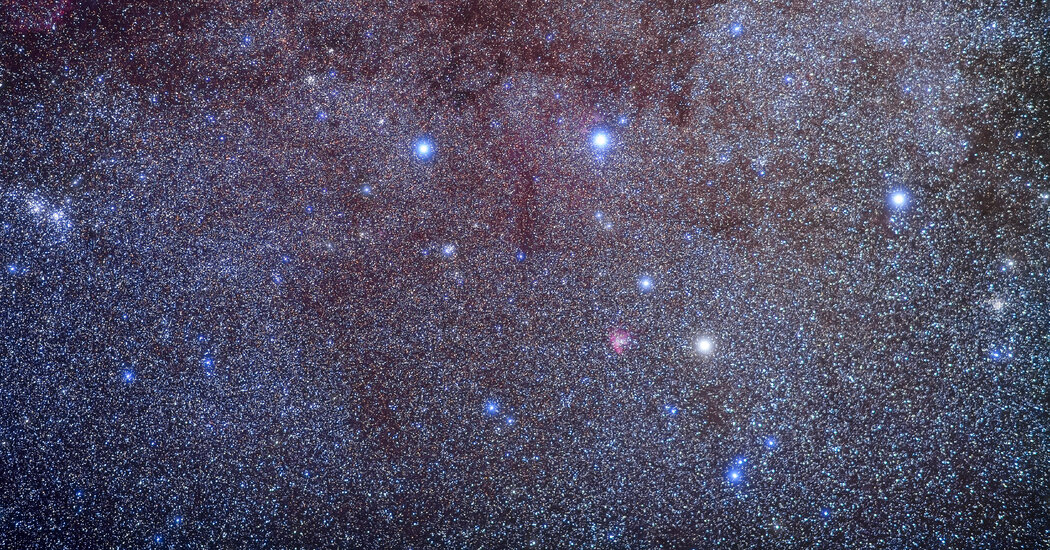
Astronomers have gotten better at tracking the motions of stars just beyond the solar system. But that’s made it harder to predict Earth’s future and reconstruct its past. Regardless of what stock market analysts, political pollsters and astrologers might say, we can’t predict the future. In fact, we can’t even predict the past. So much…
-
Save nearly $50 on these highly-rated astronomy binoculars
If you’re on the lookout for a new pair of astronomy binoculars, you’ll be pleased to know that Amazon has got you covered. With powerful 25x magnification and an impressive 100mm objective lens, these SkyMaster binoculars from Celestron are currently 12% off in the Amazon Spring Sale, saving you nearly $50. Save over $46 on…
-
Life After Asteroid Bennu

Dante Lauretta, the planetary scientist who led the OSIRIS-REx mission to retrieve a handful of space dust, discusses his next final frontier. Last fall, a NASA spacecraft named OSIRIS-REx dropped a capsule containing more than 120 grams of space dust into the Utah desert. That material came from Bennu, an asteroid that, a billion years…
-
Astronomers call for radio silence on the far side of the moon
There’s a growing and passionate call for preserving radio silence on the far side of the moon. A first-of-its-kind international symposium is being held this week, turning up the volume to mull over the prospect of protecting real estate on the moon’s far side exclusively for dedicated scientific purposes. Despite the moon being surrounding by…
-
Astronomers criticize proposed space telescope budget cuts
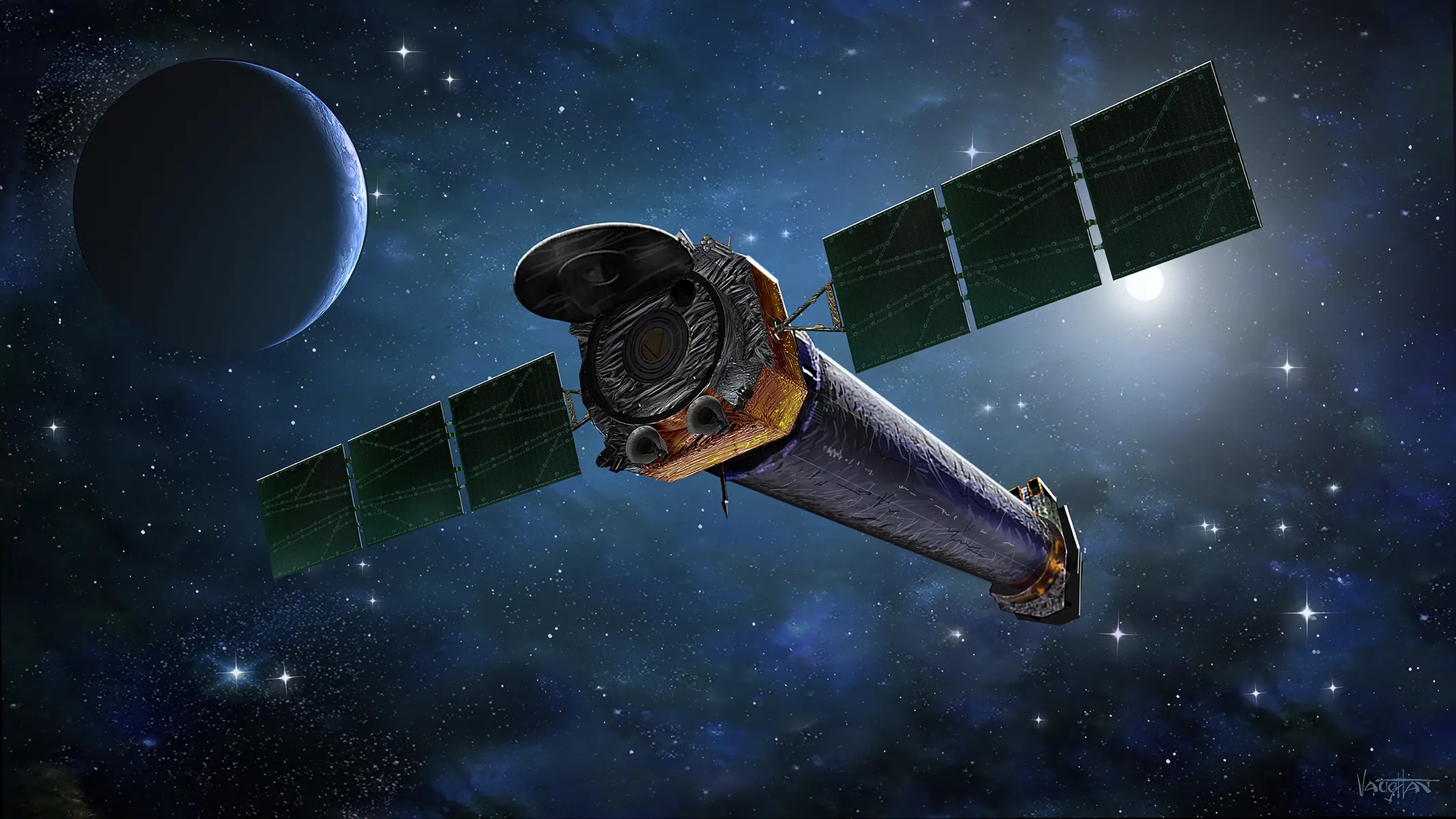
WASHINGTON — Astronomers are pushing back against plans by NASA to cut the budgets of two venerable space telescopes, arguing that the cuts to one of them could jeopardize the future of X-ray astronomy in the United States. NASA’s fiscal year 2025 budget proposal, released March 11, proposed reducing the operating budgets of two of…
-
Space weather phenomenon observed in the lab for the first time
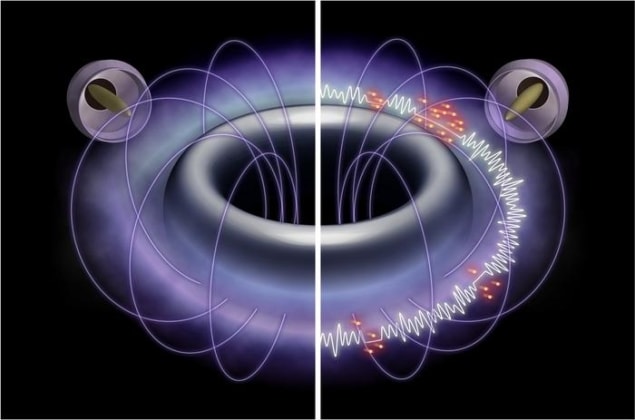
Observation of spontaneous chorus emission in RT-1: When the plasma confined in the dipole magnetic field of RT-1 contains a significant fraction of high-temperature electrons (red particles), a chorus emission (white emission lines) forms with a variable frequency (sound height) similar to birdsong. Courtesy: National Institute for Fusion Science Space weather events known as whistler…
-
#SpaceWatchGL Opinion: Cosmos at a Crossroads – Navigating Astronomy and Satellite Mega-Constellations

By Dr. Sara Langston and Kayla Taylor Space debris around the Earth. Image: ESA Outer space presents myriad concepts for creating inspiration and opportunity as well as challenges. With over 8,000 satellites currently in Earth orbit, reliance on satellite services for communications, imaging, and navigation has become ubiquitous to enhancing the quality of life on…
-
Exploring the Stars: A Peek into the Exclusive Benefits for Astronomy Society Members
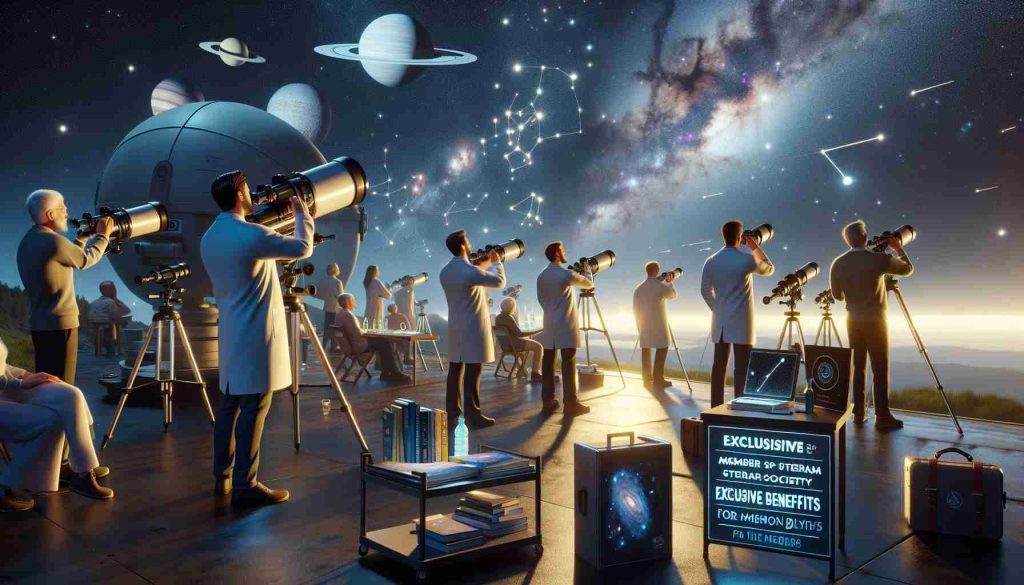
Members of a prestigious Astronomy Society enjoy a suite of exclusive perks that remain hidden to non-members. This society is not just about observing the night sky; it’s a thriving community where celestial enthusiasts gather. Here’s an enlightening summary of what membership offers, from educational newsletters to collaborative projects. Each week, the society dispatches newsletters…
-
Could lasers synthesize heavy elements produced in neutron-star mergers?

The experimental campaign on the neutron generation at Apollon: The inside of the target chamber showing the off-axis parabola and some diagnostics. (Courtesy: Julien Fuchs) An astrophysical process that creates elements heavier than iron may be even more challenging to reproduce in the laboratory than was previously believed – but not impossible. This is the…
-
Mars 2020 Perseverance Rover
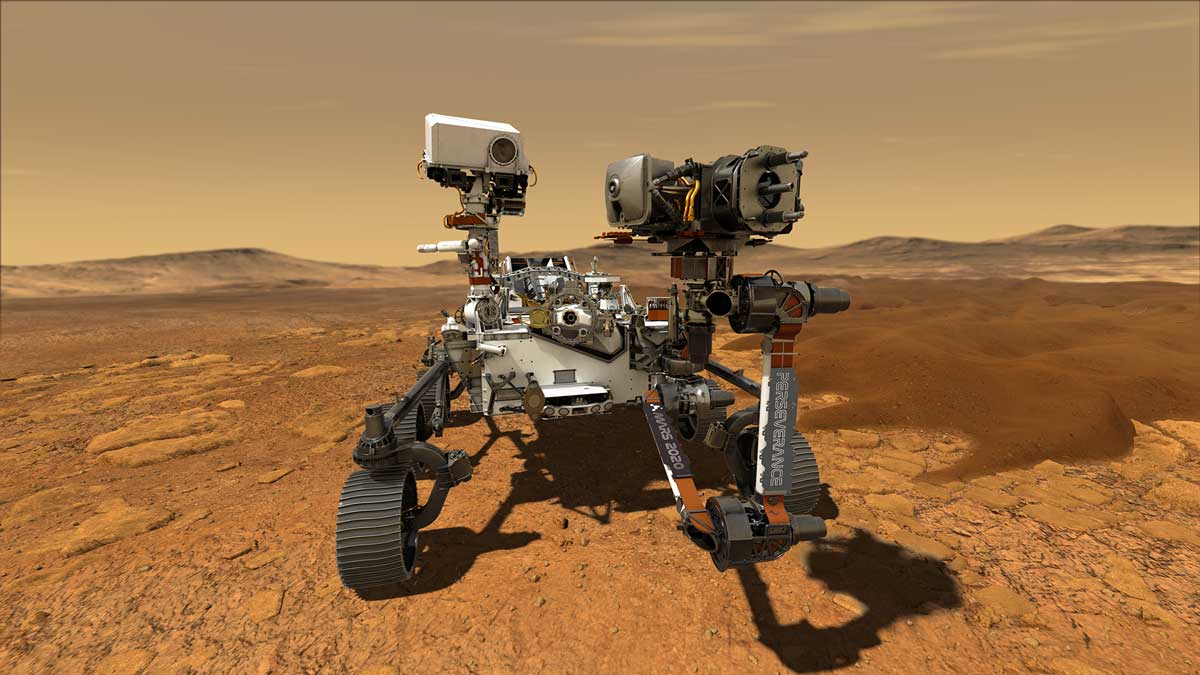
This site is maintained by the Mars Communications Team atNASA’s Jet Propulsion Laboratory for NASA’s Science Mission Directorate Mars Communications Manager: Claire Powell NASA Official: Debra Hernandez Site Manager: Melody Ho Editor: Jane Platt CL#: 19-6952